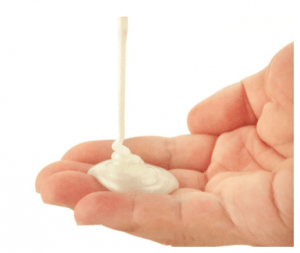Because of its large surface area, more atoms are found on the surface of the clay. These surface atoms do not have their charges compensated, therefore they are more reactive than those below the surface. First, it causes the materials, which are inert in macroscale, to become reactive at nanoscale, affecting the material’s resistance and electrical properties. These characteristics are very desirable for use as catalysts, for instance. Second, within these dimensions, quantum effects begin to dominate the material behavior, affecting its optical, electrical and magnetic properties.

